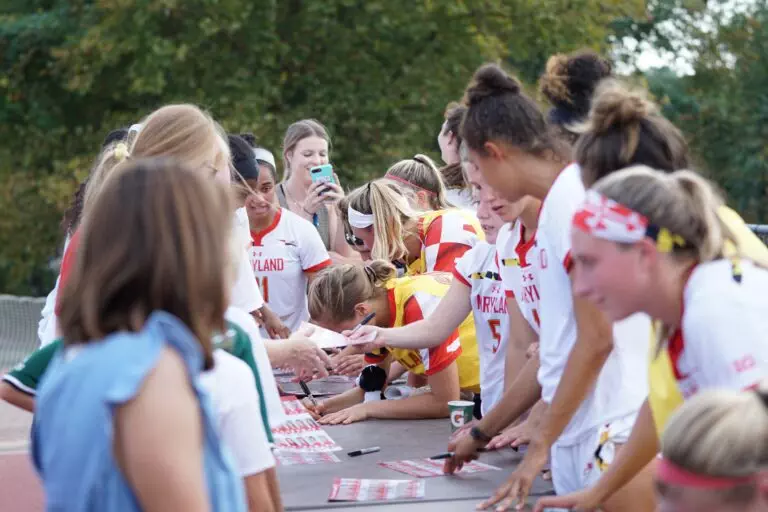How Millennials Communicate in The Workplace
Suits, meetings, handshakes? These are old news. In the millennial controlled workplace, the theme is casual.
The English language has constantly been evolving since the days of Shakespeare. The Queen’s language has imbibed some of the flavours of its colonies. Words like ‘chutney’, or ‘guru’ are now a part of the Cambridge and Oxford dictionary.
While every parent of millennial worries about the poor choice of words (or sometimes the lack of words!), evolution necessitates changes in the English language too.
Language evolution is inevitable and necessary. As with any other language, the English language has seen innumerable changes throughout its existence. From its Germanic heritage to Shakespearean times to today; the changes are drastic. Typically, these changes are slow, subtle and almost imperceptible to the average English speaker, as the language simply changes to suit the needs of its users.
How are Millennials Changing English?
The millennials are changing how we communicate. This is a generation raised on a diet of digital revolution and technology at their fingertips: cell phones, game boys, PS4s, smartphones, X-Boxes and most importantly, the internet. The lingo is made more complicated with a new mixed bag of sayings, making it hard for the previous generations to keep up. Their language helps them navigate the social, economic and cultural influences around them. Chatspeak, emojis and slang have become a part of everyday communication. From Facebook, Twitter, Instagram, Snapchat, and Tumblr, the millennials are redefining how they communicate with the world. Their words may not be found in your regular dictionary, so you may want to look at the Urban Dictionary for guidance.
1. Use of Abbreviations Instead of Full Form
Millennials have a short attention span. Recent studies have shown that millennials have an attention span of 8.25 seconds. They don’t have the bandwidth to read long, verbose text. They are incapable of reading voluminous texts. So, what is their way out of their problem? They shorten the words. That way, they use more words in a shorter period. They save time by resorting to abbreviations. Phrases are often abbreviated into one or two-syllable words. YOLO (that stands for “you only live once”), ROFL (“rolling on the floor, laughing”), and IMHO (“in my honest opinion”).
2. Words Created by Mashing Them Up Together
The technical term for mixing two words to create a new one is called a portmanteau. The millennials are notorious for creating a portmanteau of almost anything. Brad Pitt and Angelina Jolie become Brangelina. Education with some entertainment is Edutainment. Banoffee is a dish made with banana and toffee.
3. Words That Sensationalize
With shorter attention span and too much information overload, there is often a misuse of hype. Millennial writers are infamous for sensationalism. If they could make do with an exclamation “Oh!”, they would prefer to go with “OMG!” which is an abbreviation for (Oh! My God!) Statements like “you’d never believe this!” is commonly used even for minor matters. When hype does not do the trick, they coin new terms and phrases. If they want to say, “It’s good!”, they’d rather say, “It’s fire.”
4. Verbifying Commonly Used Nouns or Names
When you use a noun or a name as a verb to express what that noun stands for, it is called “verbifying.” Though this has happened in the previous generation too, the millennials have made it a lot more common. Instead of telling someone to ‘use’ Google to search for something, people just say the phrase ‘Google it’. Often when people want you to edit photos, they’d say “Photoshop it.”
5. Differences in Communication Style in the Workplace
Years ago workplaces were much more formal. Decorum, good conduct, politeness, and business courtesies were encouraged. Now, it’s much more casual and colloquial. The old-school formality has given way to new-school ease. Whether it’s a suit versus jeans or company letterhead versus a quick text, perceptions of what’s appropriate vary widely even in the corporate world. While the older management prefers formal correspondence, the younger crowd is more likely to perceive formal correspondence as tedious.
As lines of formality diffuse, and instant communication takes precedence, the new age managers must understand how millennials like to communicate. As the millennial workforce gradually moves into leadership positions, their style of communication will become of paramount importance. Companies that match step with the new generation will reap the benefits of trust, loyalty, and goodwill with the uber-cool bunch of young workers.







